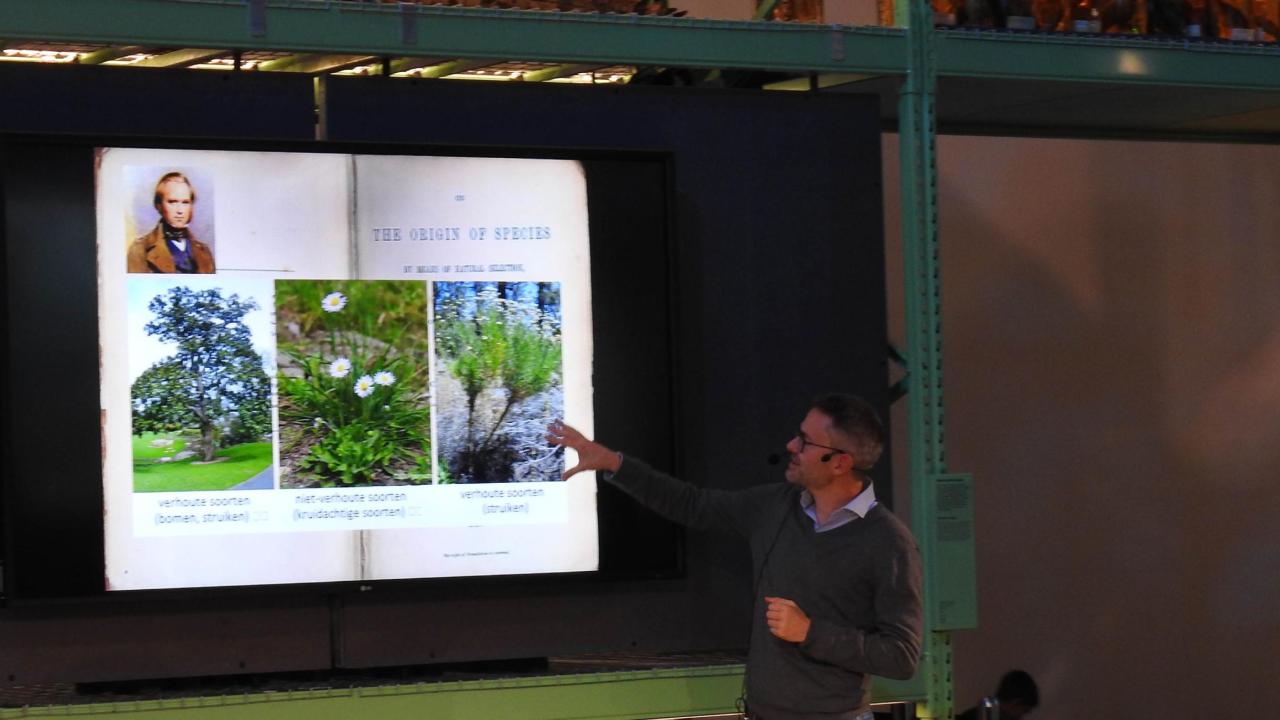
“I am fascinated by the endless variation of growth forms in flowering plants and its evolutionary adaptive significance”. Starting with a plant anatomical background, I later learned how to functionally interpret anatomical observations with respect to drought stress tolerance. As an evolutionary biologist, I am eager to better understand why plants became woody during evolutionary history and why these woodiness transitions evolved hundreds of times. By combining models of evolution and ecology with experimental work, I am developing a new, multidisciplinary line of research on the topic of wood evolution that will yield unprecedented insights to better understand how wild plants and crops react to drought stress in a world facing global change.
Keywords
Derived woodiness, drought stress tolerance, evolution of woodiness, hydraulic failure, insular woodiness, molecular wood pathway, wood anatomy
Evolution towards WoodinessFinding the drivers
Why have so many herbaceous lineages returned to a woody life form?
I discovered that transitions from herbaceousness towards derived woodiness have happened at least 700 times independently during evolutionary history of flowering plants. This raises the intriguing question what are the environmental and genetic drivers of wood formation across all these transitions.
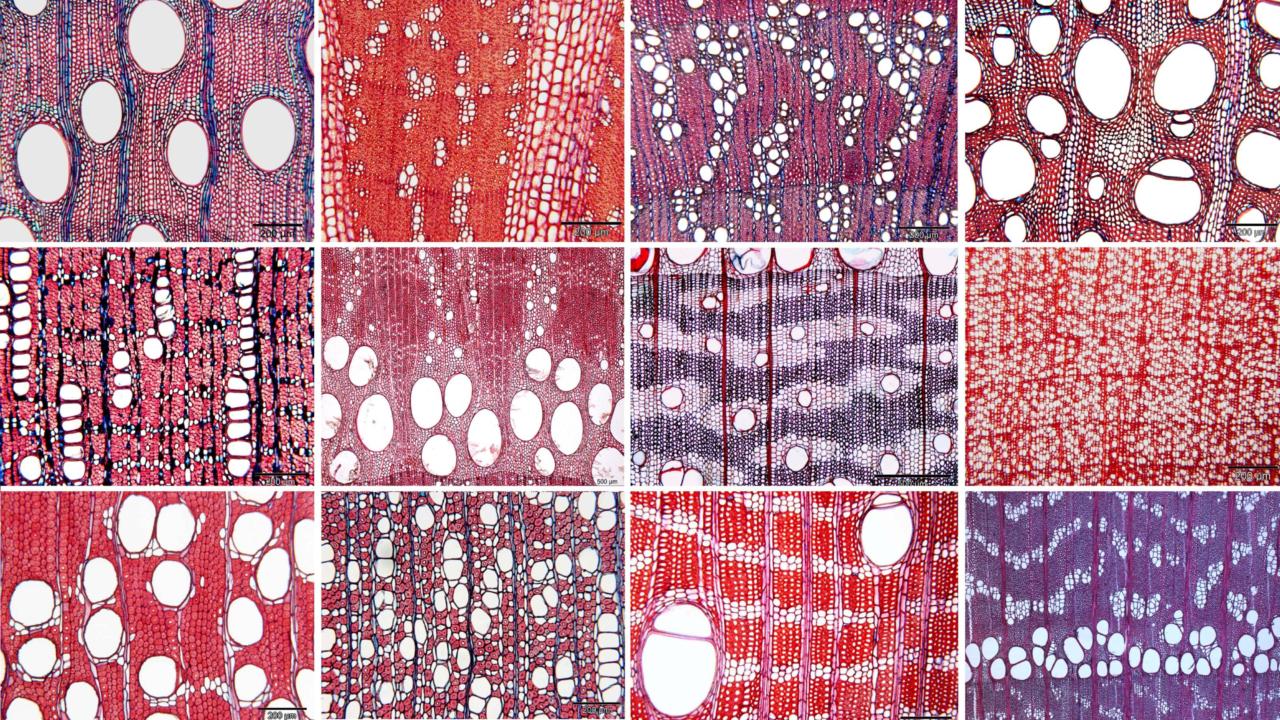
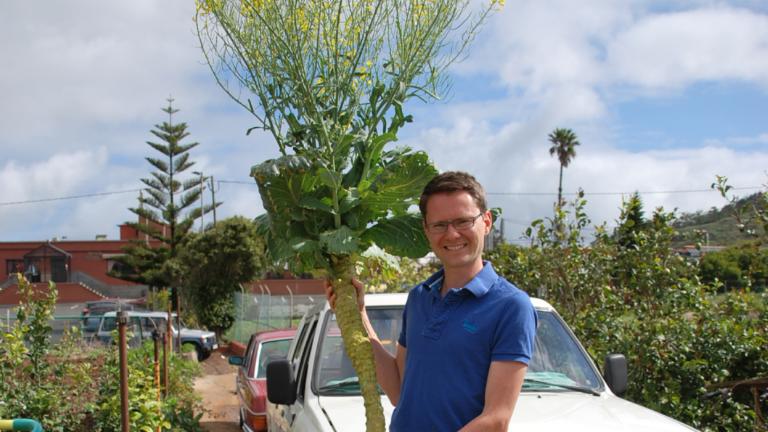
Currenttopics
A selection of the topics we are working on together with my team.
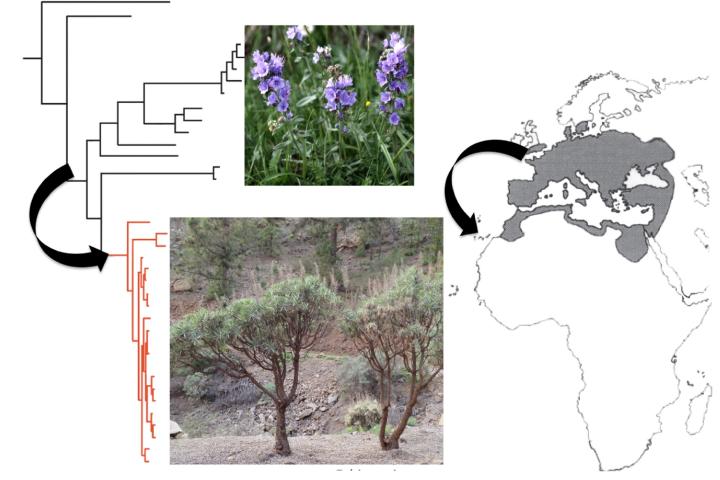
Rampant evolutionary transitions towards the woody growth form
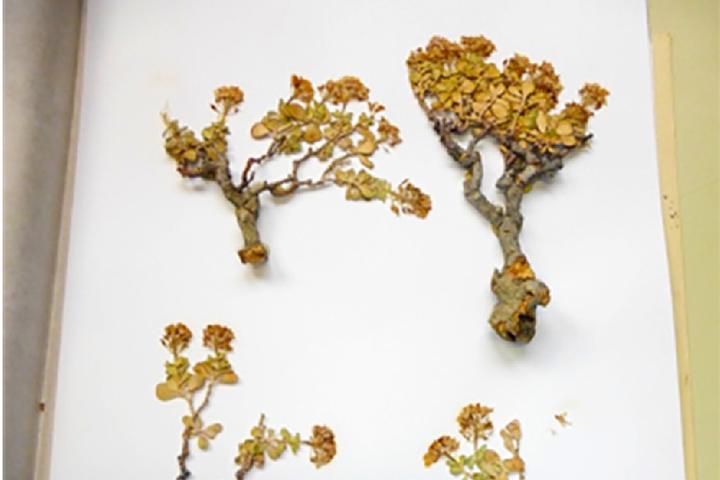
Exploring massive parallel evolution and diversification of derived woodiness in the Brassicaceae
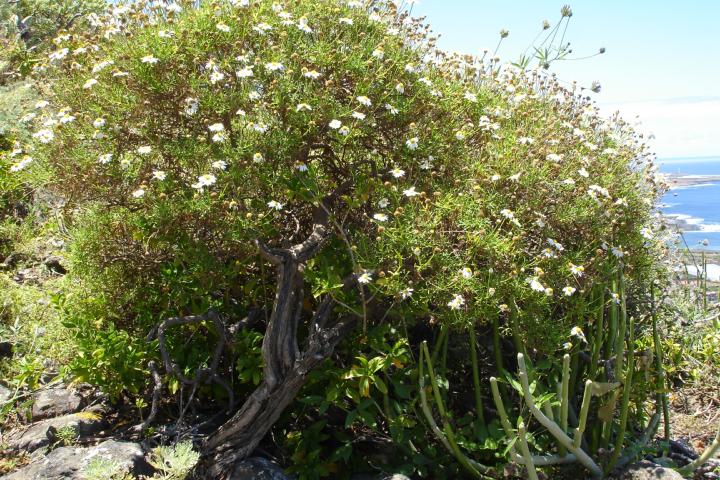
Investigating plant traits that define species richness on islands
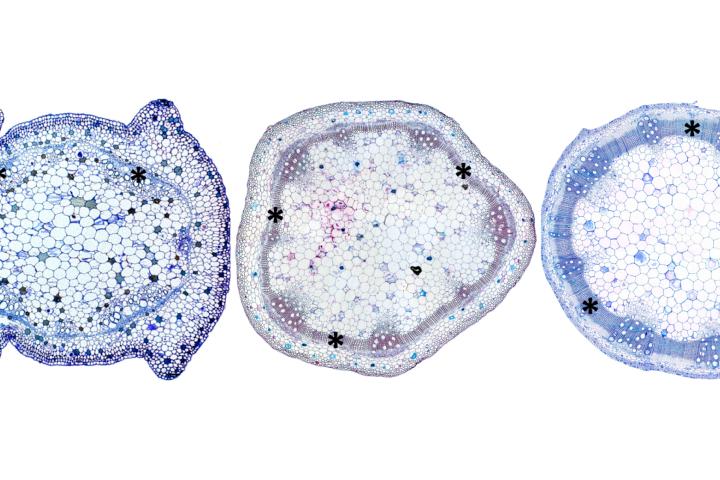
Anatomical traits underlying drought tolerance in plants
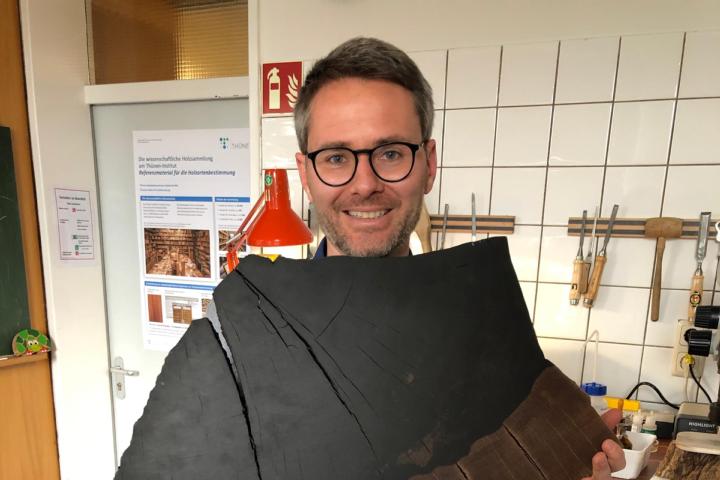
Identification of traded timbers

The power of comparative wood anatomy
Keypublications
- Zizka A., Onstein R.E., Rozzi R., Weigelt P., Kreft H., Steinbauer M.J., Bruelheide H., Lens F. 2022. The evolution of insular woodiness. Proceedings of the National Academy of Sciences of the United States of America 119: e2208629119
- Lens F., Gleason S.M., Bortolami G., Brodersen C., Delzon S., Jansen S. 2022. Functional xylem characteristics associated with drought-induced embolism in angiosperms. New Phytologist 236: 2019-2036
- Dória L.C., Podadera D.S., del Arco M., Chauvin T., Smets E., Delzon S., Lens F. 2018. Insular woody daisies (Argyranthemum, Asteraceae) are more resistant to drought-induced hydraulic failure than their herbaceous relatives. Functional Ecology 32: 1467-1478.
- Lens F., Sperry J.S., Christman M.A., Choat B., Rabaey D., Jansen S. 2011. Testing hypotheses that link wood anatomy to cavitation resistance and hydraulic conductivity in the genus Acer. New Phytologist 190: 709-723.
- Melzer S., Lens F., Gennen J., Vanneste S., Rhode A., Beeckman T. 2008. Flowering-time genes modulate meristem determinacy and growth form in Arabidopsis. Nature Genetics 40: 1489-1492.
PhD and postdocsupervision
My team currently includes one postdoc and six PhD students, and a number of BSc and MSc students.
- Kasper Hendriks - postdoc - Building Tree of Life of Brassicaceae to investigate convergent evolution towards woodiness
- Vicky Beckers - PhD - Comparative wood anatomy of the tropical families Apocynaceae and Sapotaceae
- Ryan Brewer - PhD - Trait-dependent diversification in Canary Island angiosperms
- Ornela Nanwou Dehayem - PhD - Building trait-dependent diversification model for island species
- Anai Pereira - PhD - Investigating the impact of lignin/wood in stems on drought tolerance of plants
- Nikolas Anezakis - PhD - Studying gene regulatory pathways of lignin under drought
- Jing Peng - PhD - Mechanisms of increased drought tolerance of the JUB1 gene
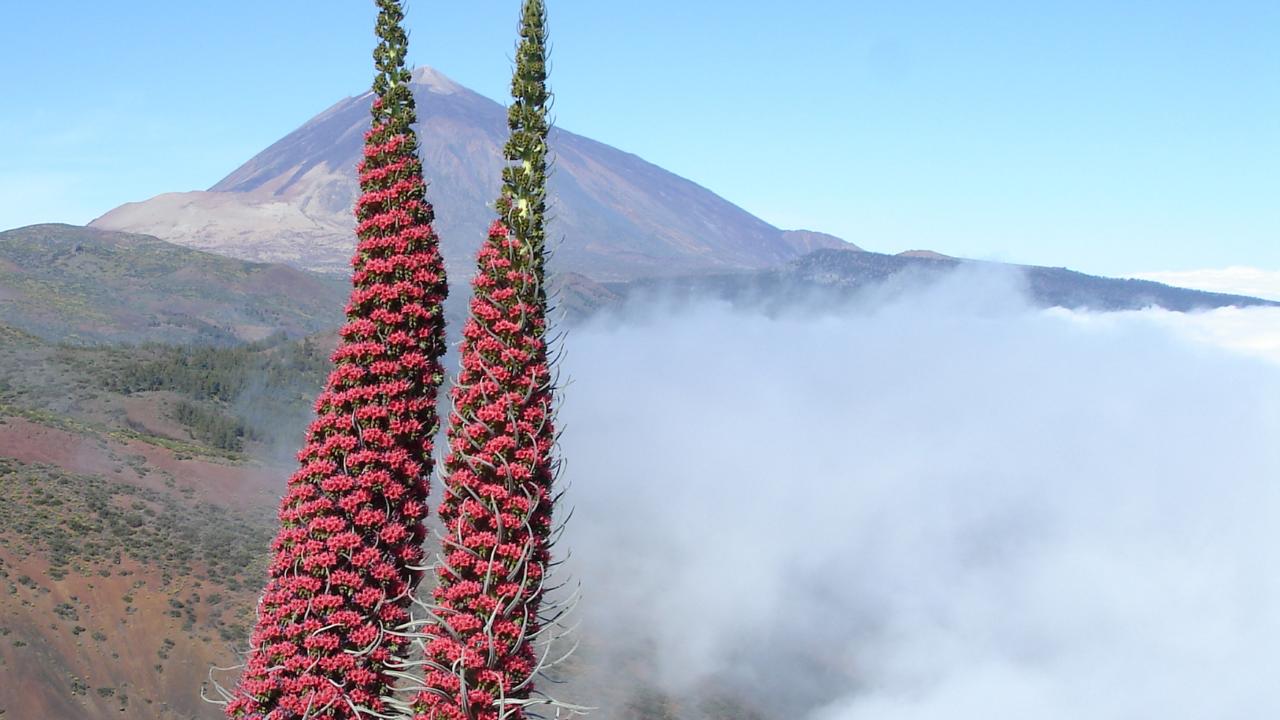
Teachingactivities
- BSc: Biodiversity of Plants - Tree of Life (plant anatomy), Leiden Univ.
- MSc: Development and Evolution (woodiness evolution), Leiden Univ.
Studentprojects
The following projects are available to BSc and MSc students

Phylogenomics of the mustard family (Brassicaceae)
In themedia
- The drivers behind insular woodiness (in English)
- The potential implication of making crops more woody (in Dutch)
- Forests suffer from drought stress (in English)
- Compilation of global functional trait TRY database (in English)
- Woody Arabidopsis mutant (in English)
